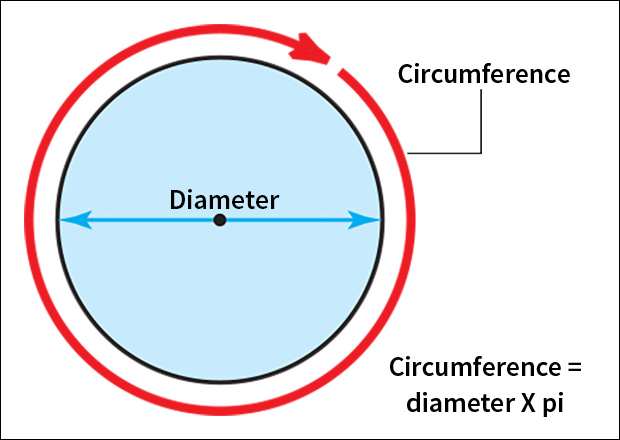Archimedes, << `ahr` kuh MEE deez >> (287?-212 B.C.), was the most original and profound mathematician of ancient times. Archimedes, a Greek, was also a physicist and a mechanical engineer. In the ancient world, he was best known as an inventor. His surviving writings rank among the masterpieces of scientific literature, especially On the Sphere and Cylinder.
His life.
Archimedes was born in Syracuse, the largest Greek settlement in Sicily. He probably went to study in Alexandria, Egypt, then the chief center of Greek learning. There, Archimedes studied with disciples of Euclid, a famous Greek mathematician. Archimedes spent the rest of his life in Syracuse. When the Romans captured Syracuse, the Roman commander Marcellus ordered that citizens of Syracuse be left unharmed. However, according to one story, Archimedes was killed by a soldier while working on a geometry problem.
His discoveries.
Archimedes proved the law of the lever and invented the compound pulley. With these machines, it is possible to move a great weight with a small force. Archimedes reportedly once boasted to Hiero II, king of Syracuse: “Give me a place to stand on, and I will move the entire earth.” He was referring to the way levers and pulleys can help people move objects many times their own size. The king challenged him to prove his boast. Archimedes is said to have used a system of pulleys to move a ship fully loaded with passengers and freight (see Lever ; Pulley ). In his investigations of force and motion, Archimedes also discovered that every object has a center of gravity. This is a single point at which the force of gravity appears to act on the object (see Gravity, Center of ).

Archimedes did much of his work for King Hiero. In one famous story, the king suspected that a goldsmith had not made a new crown of pure gold, but had mixed in some less costly silver. The king asked Archimedes to find out if the goldsmith had cheated.
Archimedes found the answer to this problem while taking a bath. His solution rested on volume (the amount of space occupied by an object). Archimedes noticed that water spilled out of the bath as he placed his body into it. By measuring the amount of water his body displaced, he could measure its volume. Archimedes was so excited when he found the answer that he ran into the street without dressing, shouting “Eureka!” (I have found it!) . Archimedes compared the amount of water displaced by the crown to the amount of water displaced by an equal weight of pure gold. The crown displaced more water, and so it was not pure gold. The goldsmith had cheated.
Archimedes discovered other basic laws of hydrostatics, the branch of physics that deals with liquids at rest. One of the major laws, called Archimedes’ principle, describes buoyancy. Buoyancy is the loss in weight an object seems to undergo when placed in a liquid, as compared to its weight in air. Archimedes’ principle states that an object fully or partly immersed in a liquid is buoyed upward by a force equal to the weight of the liquid displaced by that object. From this principle, he concluded that a floating object displaces an amount of liquid equal to its own weight.
His inventions.
Archimedes is credited with inventing a device used in ancient Egypt to drain and irrigate the land in the Nile Valley. This device, known as the Archimedean screw, is still used today. Archimedes also invented devices used to defend Syracuse against Roman attacks. These devices included cranes that could pull Roman ships out of the water and twirl them around, and catapults, weapons that shot heavy rocks at the enemy. Some writers of ancient times reported that Archimedes designed a system of mirrors that reflected the sun’s rays to set Roman ships on fire. However, historians doubt if the fire mirrors ever existed. 
His mathematics.

